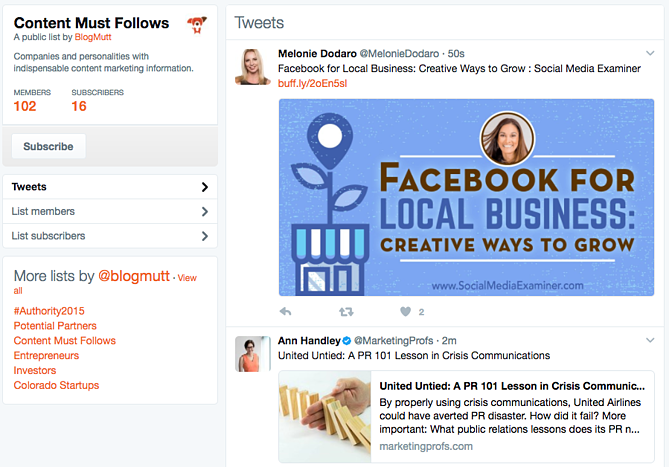How do you source and share great content on social media? I will show you how to in this guide and share some of the tools we use. It needs to be content that your audience will like, comment, and share with their followers, which will expose your brand to a broader audience.
What is content curation?
So what exactly is content curation? Content curation is finding material relevant to your audience from a variety of trusted sources. Then, you share it strategically for your social media channels. You add your voice and value to this material instead of just rounding up. The most popular things are posts on the web. Pick the ones that are most interesting and relevant to your audience. Here's a quote from Mai An Tran who runs MixBloom, a social media marketing agency:
“We start with great sources. Nothing's worse than spreading misinformation. We create a picture of what the industry is, who the key influencers and authority publications are. What are the main trends and issues people are concerned about? We monitor key resources daily, flag interesting content using tools like Pocket, which is integrated with our platform, at MixBloom. Our writers will pick the best content and write a recommendation for readers, sometimes mentioning the author or original publication when appropriate. The key is to have a good mix of curated content and your content, from your blog, but also original social media posts, questions, photos, and graphics.”
6 Benefits of Curating Content
Engineers and scientists live in the information age, and it demands that they manage, organize, and share information with others as efficiently as possible.
1. Be Recognized as a Thought Leader
Be clear on what you want from potential clients and clients to think of your brand and brand voice, so whether you're on LinkedIn, Twitter, Facebook, or Instagram, you want to stay top of mind and be seen as an expert in your field.2. Be Personal
I enjoy reading NextDraft because Dave Pell, the newsletter's chief content curator, gives each story his personal touch and context. I want more than just links. I want to understand how it applies to me. Dave Pell grants a great example in his newsletter of how he curates the content and adds his personal touch.
The personalized context creates a bond between the curator and reader that an aggregator can't replicate.
3. Be Building Value For Your Readers
Build value for your readers as engineers and scientists. You want to stay informed, but also at the same time, you don't have the time to keep up with all the latest news in your industry. Helping to solve this problem for personalized content creation helps your firm build a relationship with your audience.
You can build trust and loyalty by saving your client's time and energy in getting the information that they need.
4. Offset Promotional Content
While a service might attract you to a particular firm, it is what the firm offers after the initial contract, like a remarkable service that keeps you around. The relationship that the customer has with the firm transcends the service itself. That's part of the foundation of inbound marketing.
It gets annoying when firms only post their own stuff. Have a right mix of content from your firm and curated content. It takes trial and error to find the right mix. We might command a 60-40 mix between curated content and your own firm's content to get started.
5. Grow Your Network and Business
You grow your network and your business because when you're helping others, others help you. You can come comment with influencers and talk with leaders in the A/E/C industries. You can spark remarks and conversations with your audience and earn some mentions. Remember, your network is part of your net worth, so keep on creating relationships to help your firm grow online and off.
6. Stay Informed About Your Industry
Curating and sharing content keeps your firm on the cutting edge. It builds the trust of your audience by offering one piece of news or relevant content a day or on Mondays, Wednesdays, and Fridays, alternating with curated content on Tuesdays and Thursdays to your audience.
5 Critical Questions for Content Curation
How do you know you should include this piece of content in your feed? First, you determine the topics to share with your audience. Then you locate articles with those topics using the tools we'll mention later in the report. Here are some key questions when thinking about which posts to share.
- Who should I share this with?
- How would this content help my audience?
- Is the source trustworthy?
- Is the content unique and worthy of sharing?
- Will it make the reader have an emotional or add a comment?
5 Content Curation Tools
Now here are five content creation tools and software we use for sourcing our content and for our clients as well.
Buzzsumo
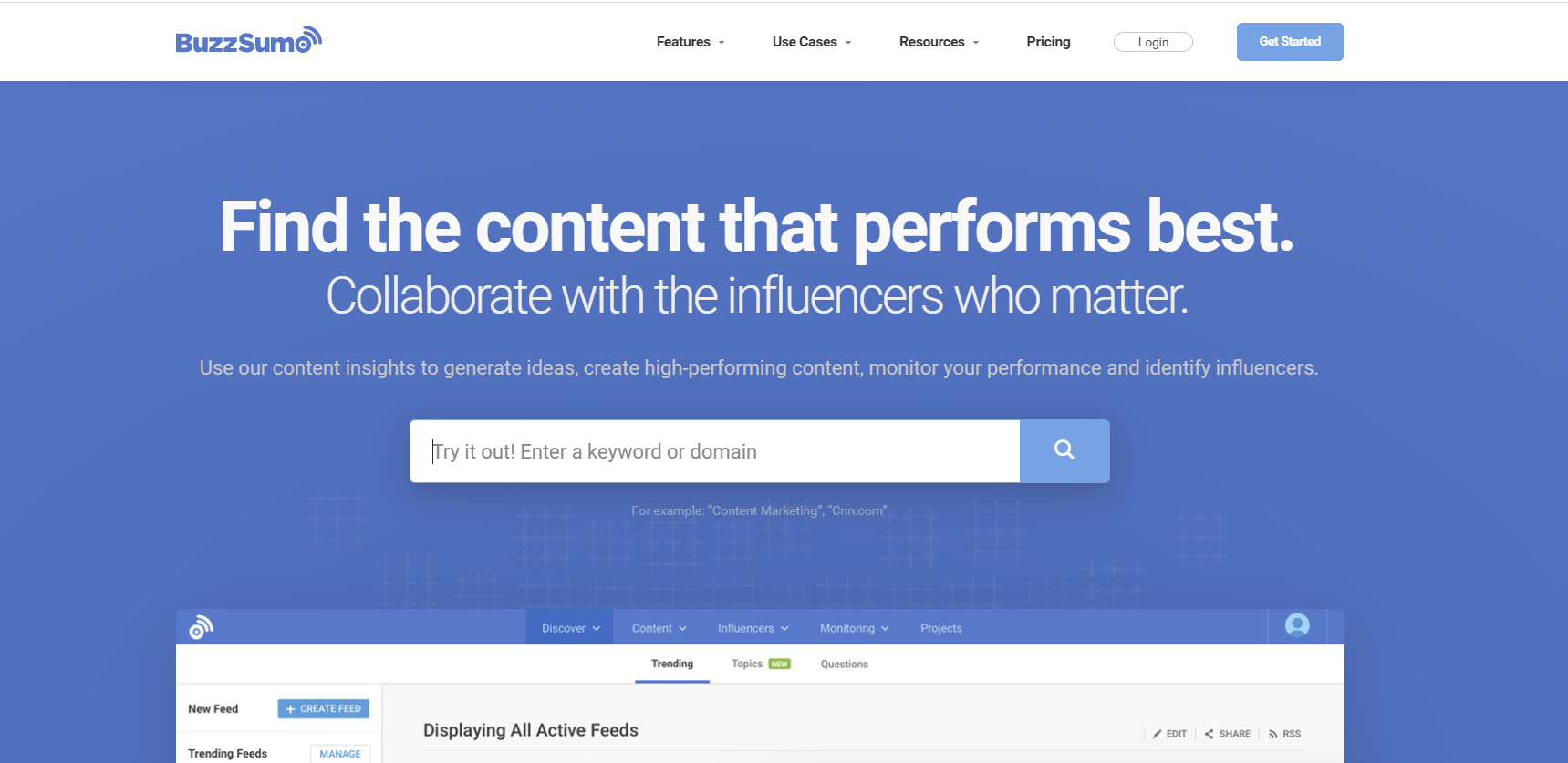
You can see what key influencers are sharing and when you can find the most shared content on the web for specific topics from 24 hours ago and up to 12 months ago. You can discover social media posts and content by social network, content type, domain, and author. It's great.
Twitter Lists
Twitter can be an endless streaming mess if you don't organize the accounts you follow. That's where Twitter lists come in handy. You create groups of Twitter users you categorize and follow separately from the rest of your main feed. When you click on that Twitter list, you're only seeing the posts from that group of people. Here's a link to a how-to guide on getting started.
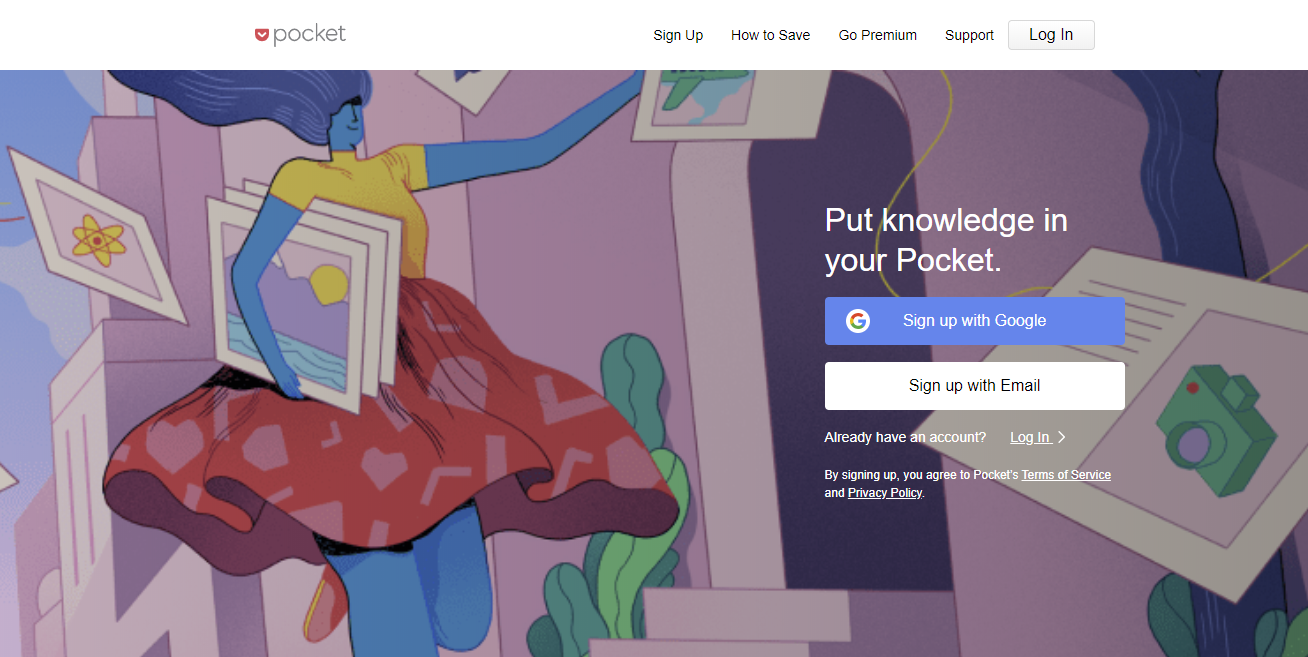
I like Pocket because it keeps track of all of your interesting articles, images, and videos in one place for reference. Instead of having a list of bookmarks that you keep on your computer, you can put together content to save and share later. You can group articles or tags, and they also have a great search function to make finding articles easy. It integrates with over 500 applications with an open API.
Newsletters
I like subscribing to newsletters and blog posts with my email. For example, HubSpot has an excellent newsletter for marketing, sales, and service. If I don't catch a particular article on social media, I know I can always find it in my inbox. Here are a few newsletters I like to subscribe to:
Seth’s Blog: Seth Godin writes daily marketing emails to add value to your everyday behaviors. He also has general marketing advice online.
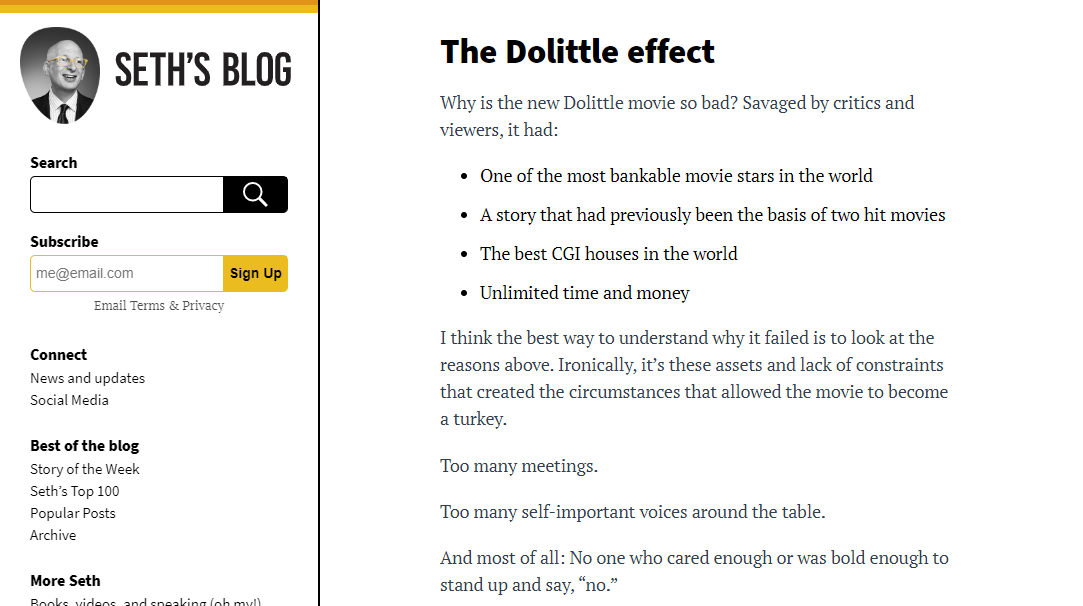
Ann Handley’s Total Annarchy: She writes and covers the latest in content marketing and storytelling. I love her down to earth style and realistic tone. She's also the chief content officer at Marketing Profs.
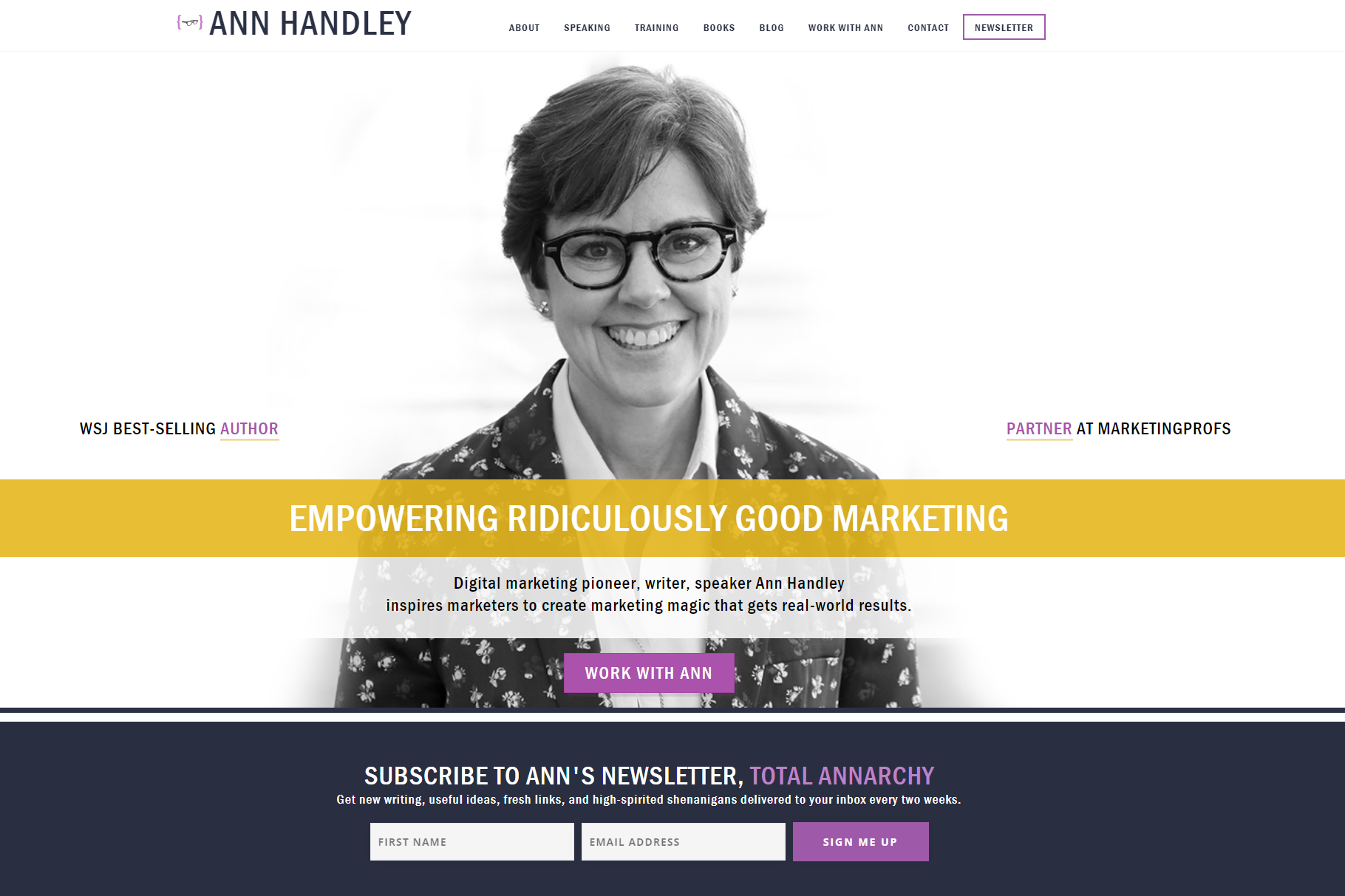
Peter Diamandis: I love reading what he and his team have curated about cutting edge technologies in the future. I highly recommend getting on this newsletter to understand the future, everything from money to marketing to how we even we would grow our food.
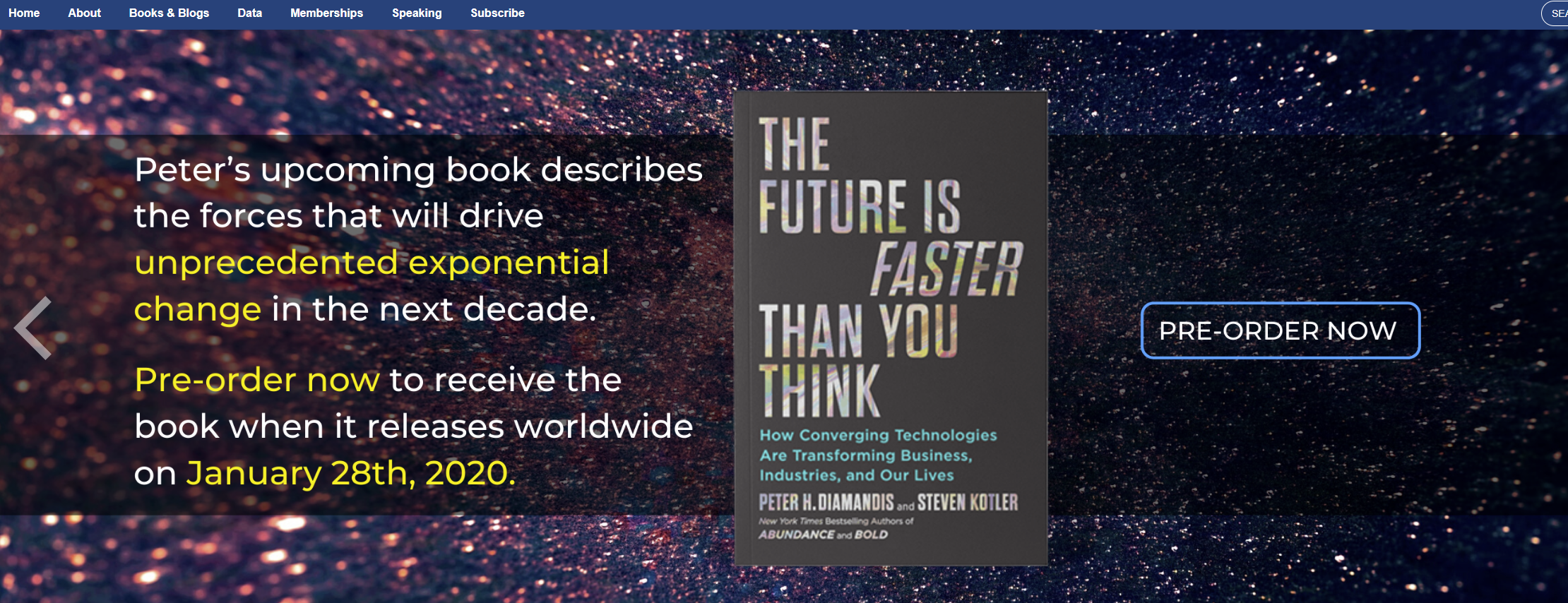
HubSpot
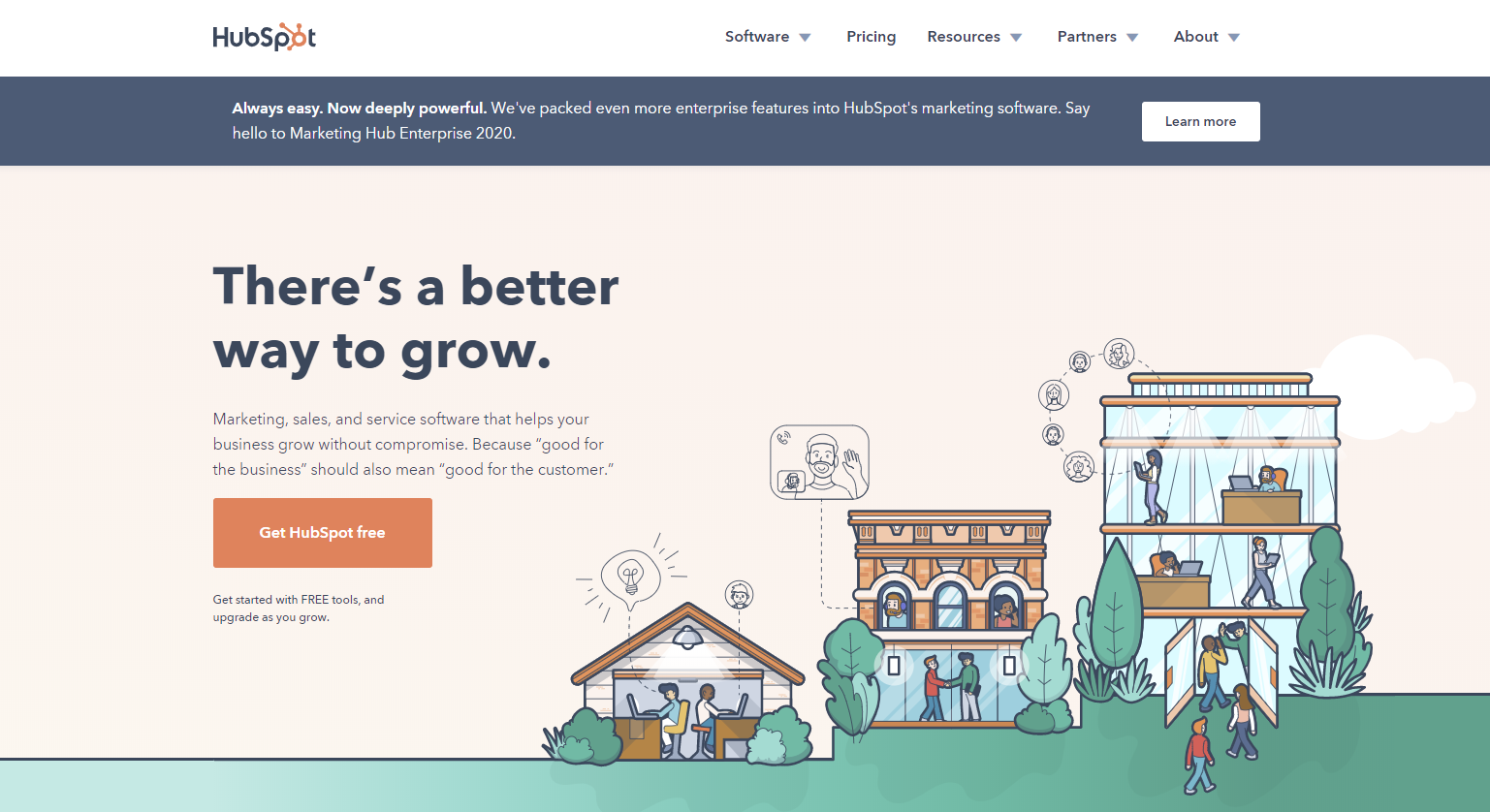
I like using the HubSpot social media scheduling tools to schedule my posts and monitor and respond to the comments I get back. You can do all that within the HubSpot app, and you don't have to go back and forth between different social media platforms.


